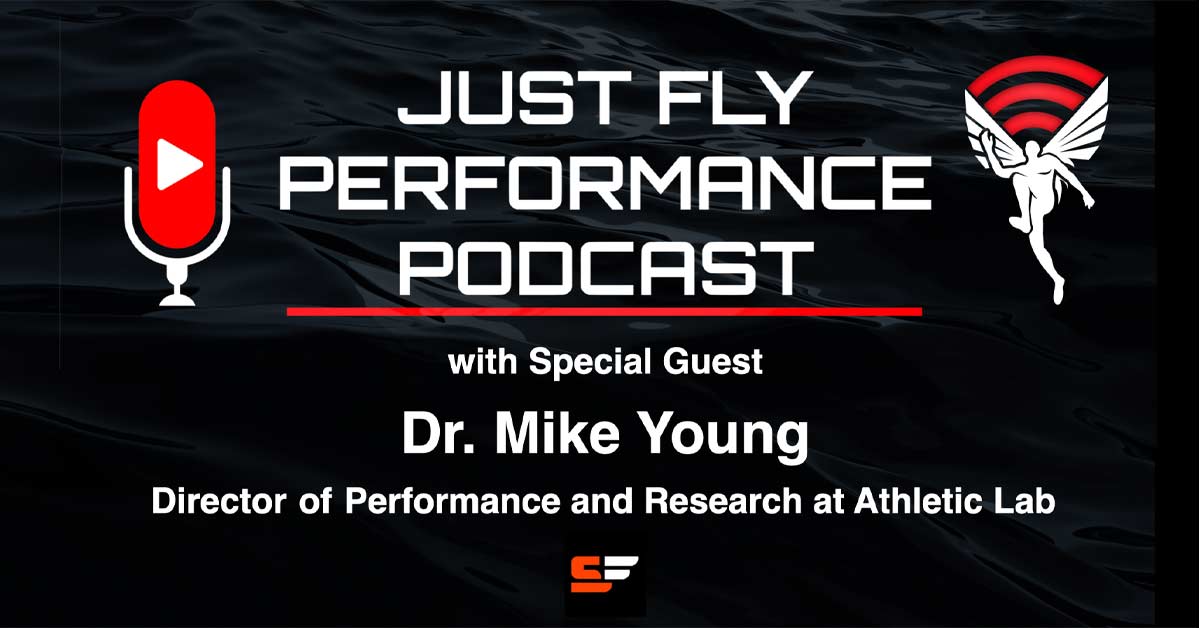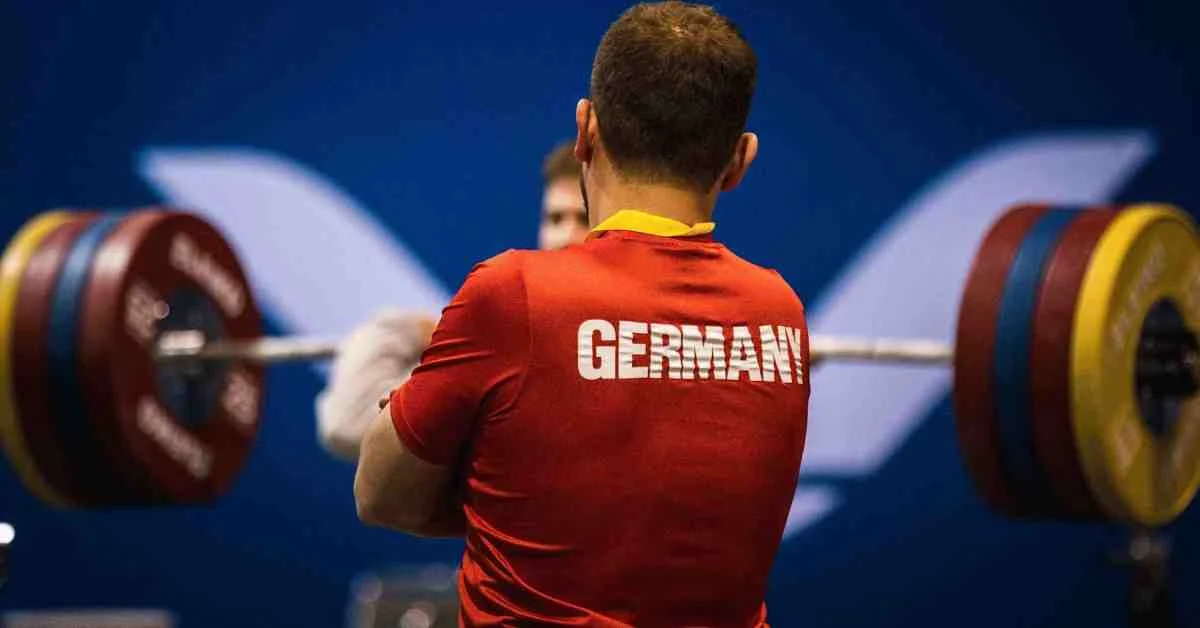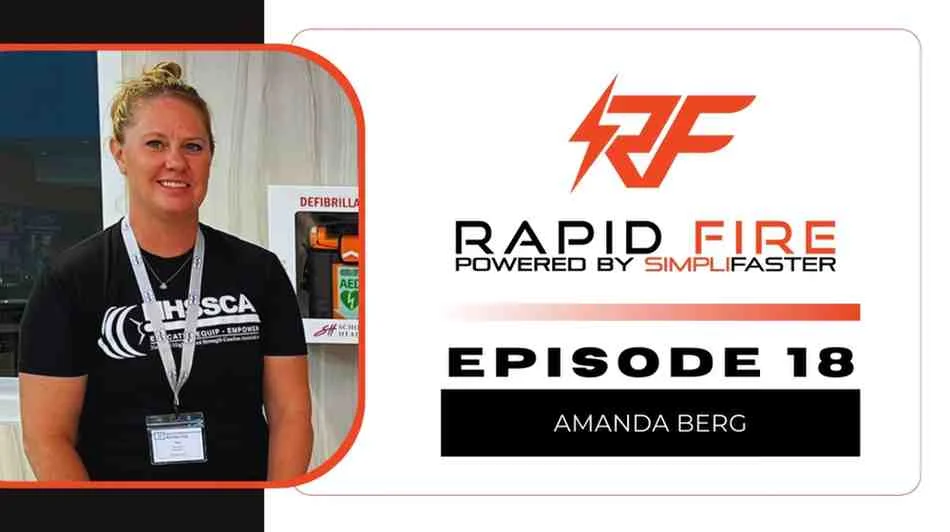Dr. Mike Young is the Director of Performance and Research for Athletic Lab. He directs all programming at Athletic Lab, manages facility development, and oversees staff education programs. Dr. Young is an internationally recognized researcher in the field of athletic development. His research has been published and presented in regional, national, and international journals and conferences. Young has extensive experience training various champions in a multitude of sports and won six National Championships in track and field while on staff at LSU.
Young has an undergraduate degree in Exercise Physiology, an M.S. in Athletic Administration from Ohio University, and a Ph.D. in Kinesiology with an emphasis in Biomechanics from LSU. Mike has earned NSCA’s Certified Strength and Conditioning Specialist, is a USA Weightlifting Level 1 and 2 Coach, a CrossFit Level 1 Certified Trainer, and has a USA Track and Field (USATF) Level 2 certification in three event areas.
Dr. Young discusses the biomechanics of speed development, including the differences and similarities of track to team sports. He shares the role bar speed measurement has in the weight room, and his use of the kBox in developing specific strength for jumpers and sprinters. Young also shares his insight into using cues and exercise selection.
In this podcast, Dr. Mike Young discusses with Joel:
- The basics of acceleration mechanics.
- Introducing visual/auditory/personnel stimulus to field sport athletes.
- Internal versus external cueing.
- Coaching frontside mechanics for speed development.
- Bar speed and its role as a key performance indicator.
- Using timing gates to autoregulate training.
Podcast total run time is 42:17.
You can find Dr. Young at Athletic Lab.
Keywords: sprint mechanics, autoregulation, speed development, bar speed, cueing





